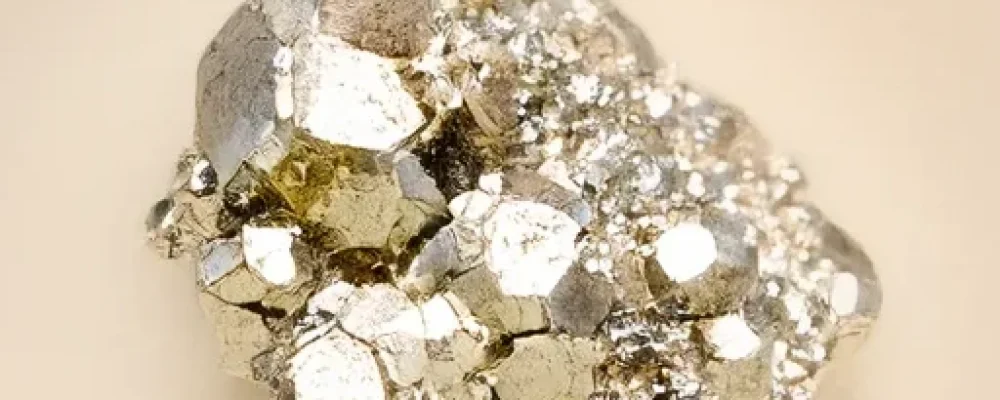The Formation and Structure of Crystals
Crystals are a testament to nature’s ability to create beauty through precise and intricate processes. The formation of crystals begins deep within the Earth, where high temperatures and pressures play a pivotal role. These geological conditions facilitate the movement and interaction of minerals, leading to the nucleation and growth of crystals.
As molten rock, or magma, cools, the atoms within it start to arrange themselves into a structured, repeating pattern. This process, known as crystallization, can occur in various environments. For instance, in volcanic areas, rapid cooling of lava can form crystals such as basalt or obsidian. In contrast, slower cooling rates within the Earth’s crust allow for the development of larger, more well-defined crystals like quartz and feldspar. Sedimentary deposits, where minerals precipitate out of solution, also contribute to crystal formation, resulting in varieties like gypsum and halite.
Temperature and pressure are not the sole contributors to the crystallization process; the presence of various minerals is equally crucial. These minerals provide the building blocks that crystals need to develop their unique geometric shapes. The basic atomic structure of crystals is characterized by a highly ordered arrangement of atoms or molecules. This orderly pattern is what gives crystals their distinct forms and symmetry.
Different crystal structures are classified based on their geometric patterns. Common structures include cubic, hexagonal, and tetragonal. For example, the cubic structure, found in crystals such as salt (halite) and diamond, features atoms arranged in a cube-like formation. Hexagonal structures, seen in crystals like quartz and graphite, exhibit a six-sided symmetry. Tetragonal crystals, such as zircon, have a rectangular prism shape with a square base.
The arrangement of atoms within these structures directly influences the physical properties and appearance of the crystals. For instance, the cubic structure of diamond contributes to its renowned hardness and brilliance, while the hexagonal arrangement in graphite allows it to be used as a lubricant and in pencils due to its layered, planar nature.
Understanding the formation and structure of crystals provides valuable insights into their properties and the diverse environments in which they can form. This knowledge not only enhances our appreciation of these natural geometric marvels but also informs various practical applications in science and industry.
The Uses and Significance of Crystals in Various Cultures
Crystals, with their intrinsic geometric structures, have held multifaceted roles across different cultures and epochs. In the realm of technology, crystals such as quartz are pivotal. Their precise atomic configuration is integral in electronics, serving as resonators in timekeeping devices like watches and clocks. The piezoelectric properties of quartz crystals enable them to generate an electric charge in response to mechanical stress, making them indispensable in the manufacture of oscillators and frequency filters.
Beyond technological applications, crystals have been treasured for their aesthetic value and symbolic meanings. The allure of crystals in jewelry and decorative arts is timeless. Gems like diamonds, sapphires, and emeralds are not only cherished for their beauty but also for the significance attributed to them. For instance, amethyst has historically been associated with clarity of mind and protection, while jade is revered in Chinese culture for its purported ability to attract good fortune and harmony.
In addition to their ornamental use, crystals are often ascribed metaphysical and healing properties. Various cultures practice crystal healing, where stones like rose quartz, believed to promote love and emotional healing, or hematite, said to ground and protect, are used in therapeutic contexts. These traditions span thousands of years, with ancient civilizations such as the Egyptians, Greeks, and Chinese attributing mystical powers to crystals. The Egyptians, for instance, buried their dead with quartz to guide them in the afterlife, while the Greeks believed that amethyst could ward off intoxication.
Crystals also play a prominent role in spiritual practices. Meditation and ritualistic uses of crystals are prevalent in many cultures. Practitioners often use crystals to enhance meditation, balance energy fields, and facilitate spiritual growth. Meditation with crystals is believed to amplify intention and support mental clarity, linking the individual to a deeper state of consciousness.
The historical reverence for crystals continues to influence contemporary society, where both their technological applications and metaphysical allure are celebrated. From the ancient world to modern times, crystals remain a testament to nature’s geometric marvels and their multifaceted significance across cultures.
